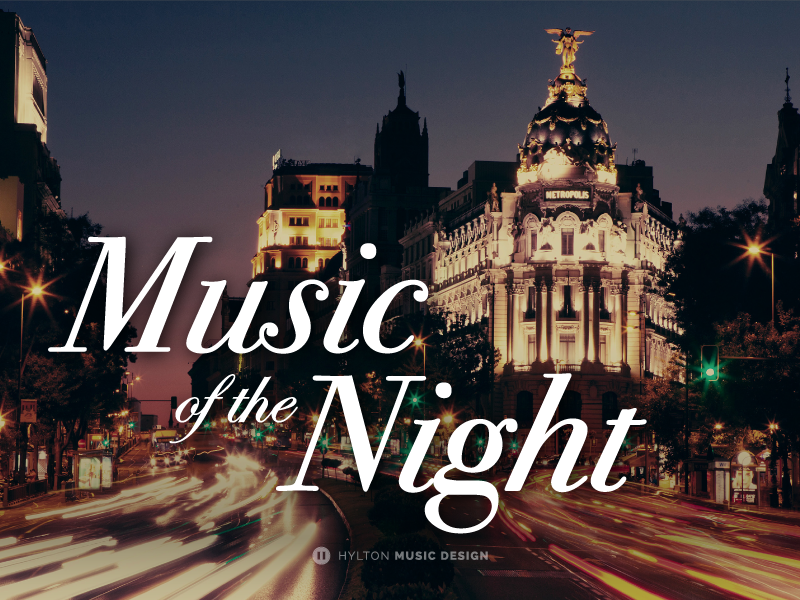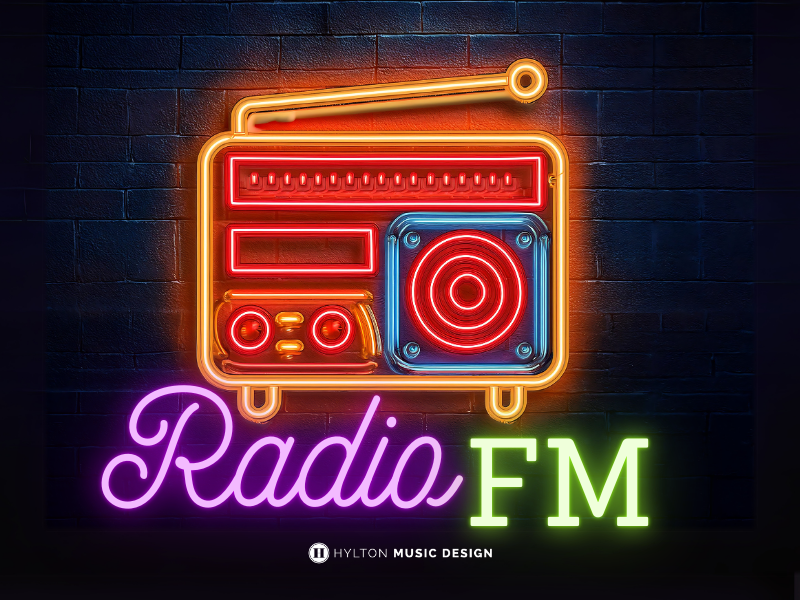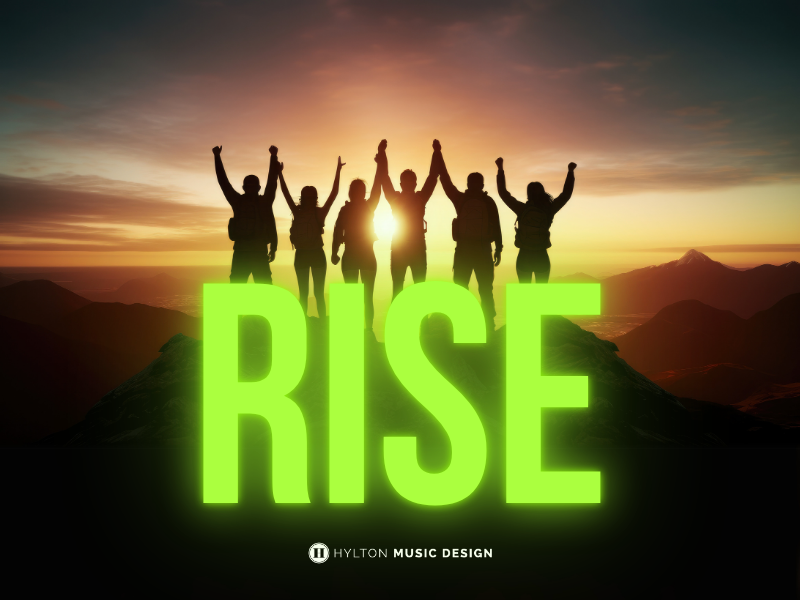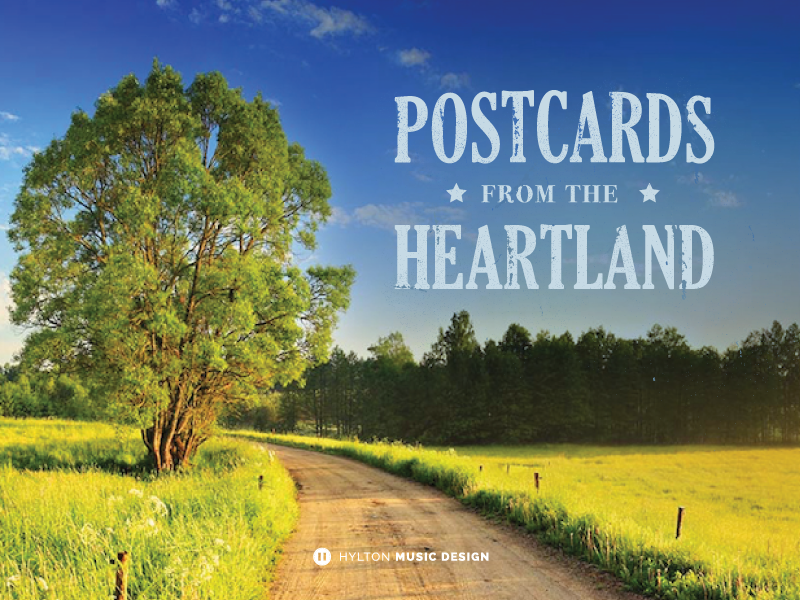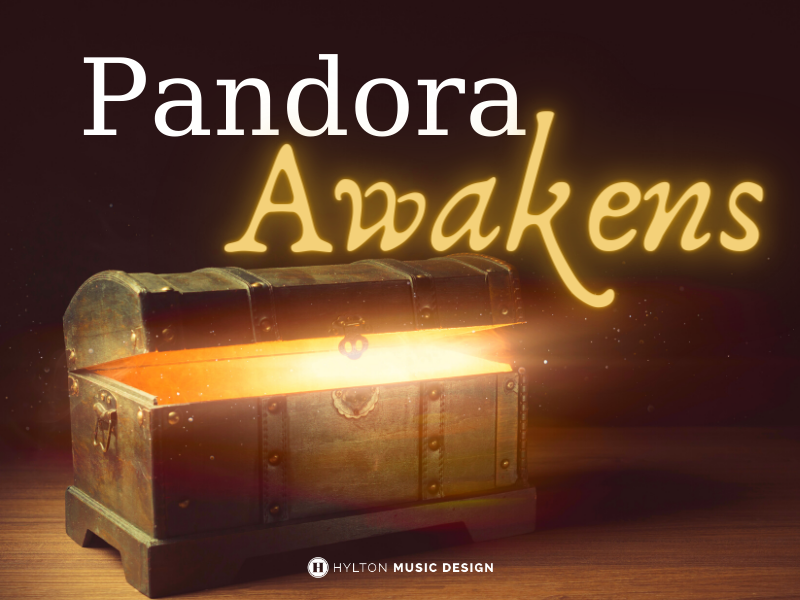Music inspired by:
- Music of the Night from Phantom of the Opera by Andrew Lloyd Webber
- Psycho by Bernard Herrmann
- Rest by Frank Ticheli
- Some Nights by Fun
All copyrighted material must be properly licensed before use.
Take your audience through a roller coaster of moods in this highly accessible yet competitive production. Frightening, restful, and exciting moods are presented through a great variety of repertoire which set your group up for substantial visual and general effect.
An intriguingly gloomy preshow sets the mood of the night as performers take the field. The darkness soon opens up to the memorable theme from Phantom of the Opera, first by the front ensemble, then with a wind soloist who can be revisited throughout the show for continuity or changed for variety. The wind ensemble soon enters, motivating us to the first vertical hit moment. Our soloist then reappears after a quick restage and the winds enter, taking us back into the darkness of night as they lead us directly into Hermann’s Psycho.
The percussion ensemble holds the intensity allowing the winds and guard to restage before entering on a frightening subito fortissimo; a great moment for stationary choreography. Sound effects throughout this section of the show depict a nighttime police pursuit which can be augmented with props and visual references or changed to set a more sinister scene altogether. The woodwinds are featured at a medium difficulty here while trading phrases with the mallets. Features such as this can be altered during our re-orchestration process in order to raise or lower the difficulty level for your students. A raucous peaking phrase drives into a low brass feature and a few musical quotes from iconic scary tunes finally lead us to the quintessential scary music theme; the knife murder scene from Psycho. A pensive percussion transition fades gently into the opening of our ballad production about a restful night.
There will be Rest by Ticheli begins with a delightful woodwind feature on the opening theme that leads directly to a controlled full ensemble moment that demonstrates shaping of line and brings back our wind soloists from the 1st movement. The front ensemble now gives us a contemplative moment before we burst into a joyous celebration of the melody. The colorguard could manipulate white sheets of material during this climax to depict the nature of our restful yet joyous night. During the final transition, our wind soloist once again reappears to send us off before a moment of audience applause.
The final movement of the show is all about celebration and partying. What better way to depict this than a full-ensemble club dance moment! This is performed live on synthesizers/midi instruments along with mallets/percussion but can be excluded or even extended if needed. After a huge crash and moment of applause, the winds have an a capella feature on the theme of some nights by Fun. The mallets slowly add in and kick us off into a trumpet solo with audio effects that culminates with a strong melodic rock out phrase by the full ensemble and kicks us back to a recapitulation of our main theme from Music of the Night for a strong finale!
